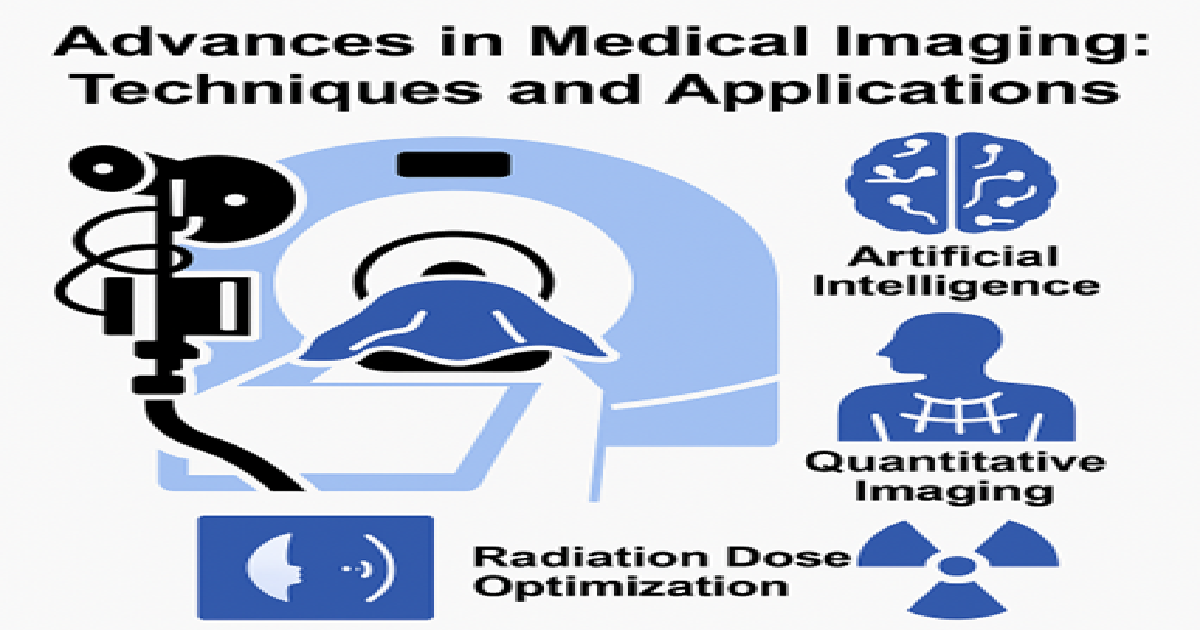Advances in Medical Imaging: Techniques and Applications
A special issue of Applied Sciences (ISSN 2076-3417). This special issue belongs to the section "Biomedical Engineering".
Deadline for manuscript submissions: 20 May 2026 | Viewed by 5037

Special Issue Editors
Interests: diagnostic radiology; computed tomography; magnetic resonance; diagnostic imaging artificial intelligence in medical imaging; digital health innovation; patient safety and quality in medical imaging; healthcare health literacy
Special Issues, Collections and Topics in MDPI journals
Interests: medical image and video analysis
Special Issues, Collections and Topics in MDPI journals
Special Issue Information
Dear Colleagues,
Medical imaging is fundamental to modern healthcare, supporting accurate diagnosis, therapeutic planning, and patient follow-up across a broad spectrum of diseases. Recent advances in imaging techniques, computational methods, and hardware development have significantly expanded the capabilities and applications of diagnostic imaging. This Special Issue aims to present cutting-edge research and innovative developments across various modalities, including computed tomography (CT), magnetic resonance imaging (MRI), ultrasound, radiography, interventional radiology and hybrid imaging techniques. Particular attention will be given to novel acquisition methods, image reconstruction algorithms, quantitative imaging, and image-guided interventions. Furthermore, the integration of artificial intelligence, deep learning, and big data analytics into medical imaging workflows is transforming clinical practice and decision-making processes. Contributions that address patient safety, radiation dose optimization, and quality assurance in imaging are also welcome. The goal of this Special Issue is to bring together researchers, clinicians, and industry experts to share knowledge, foster collaboration, and highlight future directions in medical imaging science and technology.
Prof. Dr. Rui Pedro Pereira De Almeida
Dr. JungHwan Oh
Guest Editors
Manuscript Submission Information
Manuscripts should be submitted online at www.mdpi.com by registering and logging in to this website. Once you are registered, click here to go to the submission form. Manuscripts can be submitted until the deadline. All submissions that pass pre-check are peer-reviewed. Accepted papers will be published continuously in the journal (as soon as accepted) and will be listed together on the special issue website. Research articles, review articles as well as short communications are invited. For planned papers, a title and short abstract (about 250 words) can be sent to the Editorial Office for assessment.
Submitted manuscripts should not have been published previously, nor be under consideration for publication elsewhere (except conference proceedings papers). All manuscripts are thoroughly refereed through a single-blind peer-review process. A guide for authors and other relevant information for submission of manuscripts is available on the Instructions for Authors page. Applied Sciences is an international peer-reviewed open access semimonthly journal published by MDPI.
Please visit the Instructions for Authors page before submitting a manuscript. The Article Processing Charge (APC) for publication in this open access journal is 2400 CHF (Swiss Francs). Submitted papers should be well formatted and use good English. Authors may use MDPI's English editing service prior to publication or during author revisions.
Keywords
- medical imaging
- diagnostic radiology
- computed tomography
- magnetic resonance imaging
- image reconstruction
- artificial intelligence
- quantitative imaging
- image-guided interventions
- radiation dose optimization
- image quality
Benefits of Publishing in a Special Issue
- Ease of navigation: Grouping papers by topic helps scholars navigate broad scope journals more efficiently.
- Greater discoverability: Special Issues support the reach and impact of scientific research. Articles in Special Issues are more discoverable and cited more frequently.
- Expansion of research network: Special Issues facilitate connections among authors, fostering scientific collaborations.
- External promotion: Articles in Special Issues are often promoted through the journal's social media, increasing their visibility.
- Reprint: MDPI Books provides the opportunity to republish successful Special Issues in book format, both online and in print.
Further information on MDPI's Special Issue policies can be found here.





